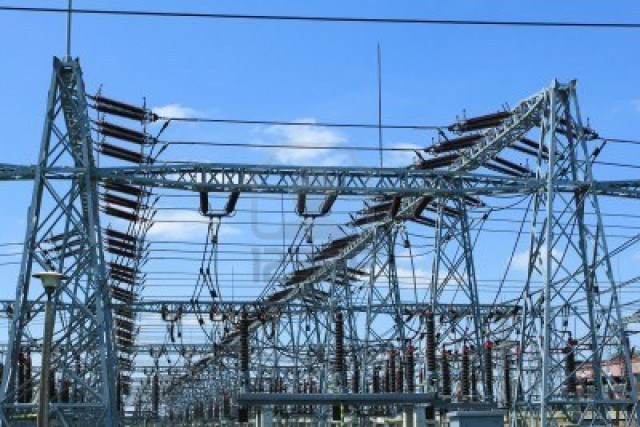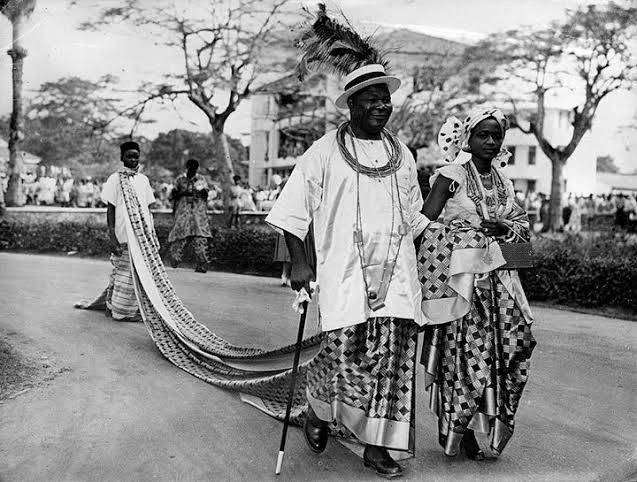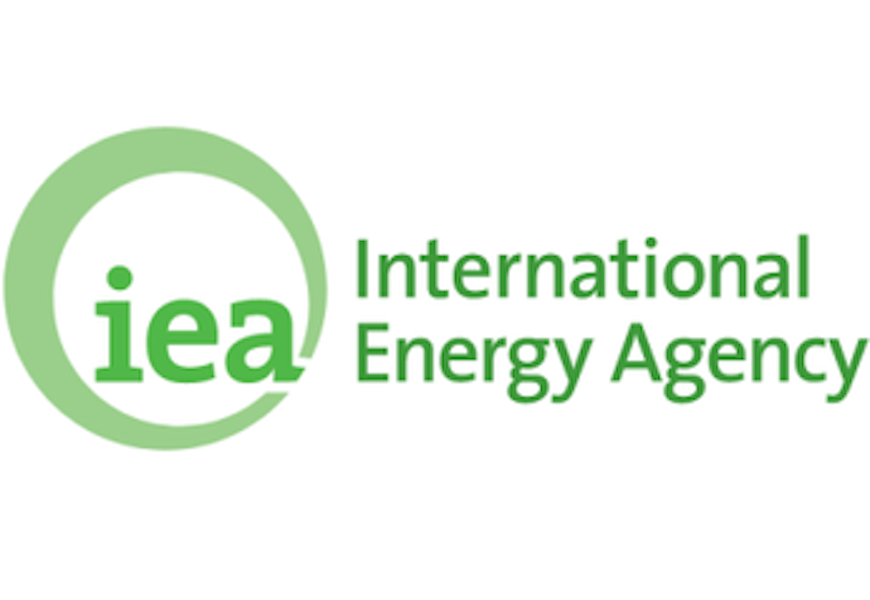Nigeria, ‘the giant of Africa,’ has been classified as the leader of the 20 top countries with the largest ‘Electricity Access Deficit’ in the world, with 92 million people unserved.
According to the World Bank, in one of its reports, titled “The Slowing Progress on Access to Electricity: The Energy Progress Report.” The report identified Nigeria as top on the ladder of 20 countries with the largest access deficits, which were home to 76 per cent of the global population living without access to electricity (or 560 million people) in 2020.
Most of the top 20 deficit countries are in Sub-Saharan Africa. The largest unserved populations are in Nigeria (92 million people), the Democratic Republic of Congo (72 million), and Ethiopia (56 million).
Also Read:
- Nigeria Leads 20 Top Countries With Largest Electricity Access Deficit Globally
- Chinese Company Secures World Bank Financing to Provide Solar Power to Nigerians
- African Energy Summit 2025: World Bank and AfDB to Deliver Electricity to 300 Million…
- Chapel Hill Denham Backs Havenhill Solar Project with $4.6M
The report stated that the gains in the electrified population outpaced population growth in Ethiopia between 2010 and 2020; the same cannot be said of the Democratic Republic of Congo and Nigeria, where electrification advances failed to keep pace with population growth.
Meanwhile, Kenya and Uganda made the fastest progress in electrification, with annualized increases of more than 3 percentage points between 2010 and 2020.
The Electrification Reports
Making reports on electrification patterns across socioeconomic segments, it stated that reversing poverty in its multi-dimensional aspects will depend on improving access to electricity.
“Access deficits are heavily concentrated in vulnerable countries. LDCs faced challenges in accelerating their pace of electrification, with an average access rate of 55 per cent in 2020, representing more than half of the global population still without access (or 479 million people).”
“Likewise, countries suffering from fragility, conflict, and violence managed to electrify only 55 per cent of their population, leaving 417 million people unserved in 2020.
On decentralized renewable energy, the bank’s report stated that the number of people enjoying access to electricity through decentralized renewable energy increased between 2010 and 2019. Those with access to decentralized solutions in Tier 1 or above (Tier 1+)—including solar home systems and mini-grids—more than tripled, rising from 12 million in 2010 to 39 million in 2019 (IRENA 2021).
Off-grid solar markets came under pressure from the COVID-19 pandemic in early 2020. Although the industry has yet to return to pre-COVID-19 levels, it has shown overall resilience since the disruptions (GOGLA 2021a).
Affordability of Electricity
As regards the affordability of electricity, it stated that the COVID-19 crisis has increased concerns about the affordability of electricity. “Before the pandemic, almost half of people without access in Sub-Saharan Africa could not pay for an essential bundle of services, and 700 million people with access in Africa and developing countries in Asia could not afford an extended bundle of services (IEA 2021). Under the weight of COVID-19, an additional 90 million connected people in Africa and developing countries in Asia were unable to afford an extended bundle of energy services in 2020.”
It believes that addressing affordability challenges requires tailored end-user financing to both expand and keep household electricity connections.
Commenting on global trends, the report stated that the share of the world’s population with access to electricity rose from 83 per cent in 2010 to 91 per cent in 2020, increasing the number of people with access by 1.3 billion globally.
The number without access declined from 1.2 billion people in 2010 to 733 million in 2020. However, the pace of progress in electrification has slowed in recent years because of the increasing complexity of reaching more remote and poorer unserved populations and because of the expected impact of the COVID-19 pandemic.
From 2010 to 2018, 130 million people gained access to electricity each year, on average; that figure fell to 109 million between 2018 and 2020. The annual rate of growth in access was 0.8 percentage points between 2010 and 2018 but fell to 0.5 percentage points in 2018–20.























